How to Add an Apple Tree to Your Edible Garden
Eating an apple a day is easy to do when you grow them in your yard. Apple trees are one of the most readily available fruit trees, with varieties for almost any region and climate. They’re also beautiful landscape trees, with fragrant spring blossoms, abundant summer foliage and interesting winter branches.
Choosing just one kind of apple to grow can be difficult. There are early, midseason and late apples; apples for baking; and apples that are ideal for eating straight from the tree. Flavors vary from tart to sweet. Some self-fertilize; others require a pollinator. Then there’s size and shape. Standard apples can reach 20 feet high and wide, but you can also find dwarf and semidwarf varieties.
Apples are easy to espalier, or train over a trellis. You can also find colonnade trees, which grow up to about 8 feet tall but get only about 2 feet wide — consider them the sentries of the garden. You’ll need at least two of these, as they don’t generally self-fertilize.
A good choice for a small garden is a multivariety tree. As the name implies, it has several varieties on apples on one rootstock. Not only does this kind of tree give you plenty of choices and a longer season for fruit, but any needed pollination is provided.
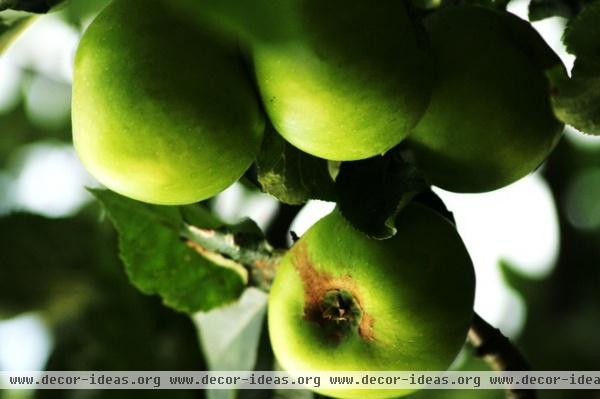
Where to grow: Apples generally need some winter chill, so they generally don’t do well in tropical or low-desert climates, such as Hawaii, the low deserts of the Southwest or along the Gulf Coast. On the other hand, if you live in an area with very harsh winters, you’ll need a tree with a rootstock that can withstand the cold. Your best bets are USDA zones 1 through 7 for most apples, and zones 8 and 9 for low-chill apples.
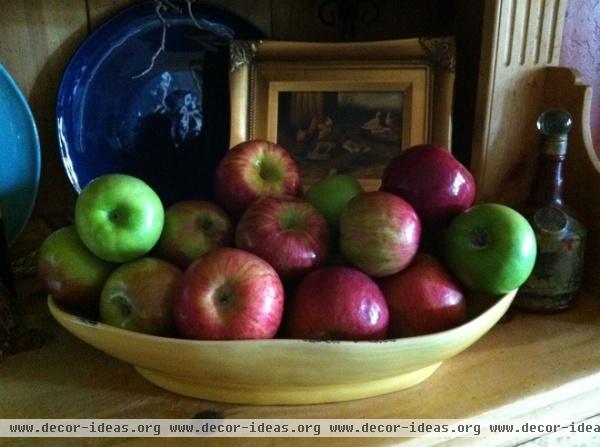
Favorite early-season apples: Anna, Apple Babe, Beverly Hills, Chehalis, Courtland, Dorsett Golden, Ein Shemer, Gala, Golden Russet, Gravenstein, Haralson, Hudson’s Golden Gem, Lodi, Mollie’s Delicious, Norland, Pink Pearl, Pristine, Summerred, William’s Pride, Zestar
Favorite midseason apples: Cox’s Orange Pippin, Delicious (Red Delicious), Empire, Fiesta, Ginger Gold, Golden Delicious (Yellow Delicious), Golden Sentinel (colonnade), Gordon, Granny Smith, Honeycrisp, Jonagold, Jonathan, Liberty, McIntosh, Pettingill, Rubinette, Scarlet Sentinel (colonnade), Spartan, Wealthy, Winter Banana, Winter Pearmain
Favorite late-season apples: Arkansas Black, Ashmead’s Kernal, Braeburn, Enterprise, Fuji, Gold Rush, Iared, Karmijn de Sonnaville, Matsu (Crispin), Melrose, Northern Spy, Pink Lady, Shikuza, Sierra Beauty, Spitzenberg
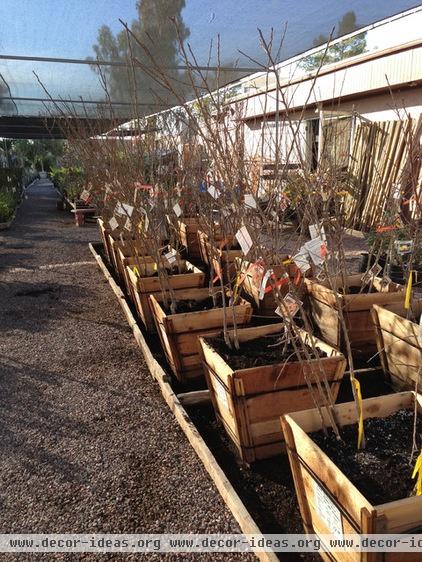
How to Plant Apple Trees
Most apples are sold as bare-root plants, although you can find them in containers. Look for trees with strong, wide-angled branches that encircle the tree. Colonnade trees should have evenly spaced side branches.
When to plant: Plant bare-root trees in full sun with well-drained soil in late winter or early spring; container trees can be planted from fall to spring, as long as the soil can be worked and it’s not too cold.
Planting instructions: The planting hole should be twice as wide as but no deeper than the rootball. Fill in with soil and water thoroughly. Add mulch as needed; don’t let it touch the trunk. Remove any weak or crossing branches. If you are going to espalier, start now by removing all but the strongest side branches.
If you’re planting more than one tree, space standard apple trees 20 to 30 feet apart, semidwarf varieties 12 to 16 feet apart, dwarf ones 5 to 8 feet apart and colonnade ones at least 18 inches apart.
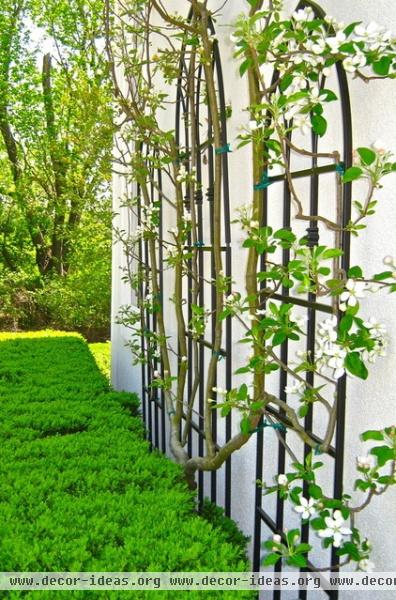
How to Caring for an Apple Tree
Watering: Water trees thoroughly and deeply, keeping the ground moist but not overly saturated. Deep, thorough waterings, even if done less often, are best. Mulch will help conserve water as well as discourage weeds.
Feeding: Fertilize with a balanced compound when the buds first open. Start with about ¼ pound, then add another ¼ pound for the next few years until the trees mature. If the tree is growing about 6 inches a year, though, there’s no need to fertilize. Also, cut back on nitrogen if the tree is producing lots of leaves but minimal fruit.
Thinning: Apple trees do drop some fruit in June, but you’ll probably need to thin branches to about 8 inches or more apart, especially smaller branches. This will result in larger fruit and less inconsistency between the size of the crop from year to year.
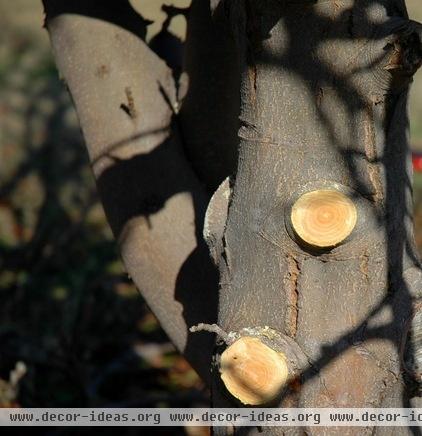
Pruning: Prune at the end of the dormant season. Apples are pretty resilient; you don’t have to follow an exact guideline for fear of losing fruit.
Shape the tree to form a pyramid or to have a central trunk with a vase-shaped group of branches at the top (called a modified leader). Remove any branches that are too narrowly angled, crossing or weakened, or those that are growing out of bounds.
As the tree matures, remove any branches that aren’t producing as well as those that are crowding the interior; crowding the interior impedes the good air circulation that helps prevent diseases.
If you’re training the tree in an espaliered pattern or as a low, long hedge (ideal for an easy harvest), then remove any wayward branches to maintain the pattern. Remove wayward branches from colonnade trees as well, though they need little pruning otherwise.
Pests and diseases: Apples are delicious, but the trees are not free of pests and diseases. The following lists may look long, but the odds are good you won’t get all of these on your tree, so don’t despair.
Coddling moths top the list of pests, but you can set out traps or spray. Other problems include apple maggots, leafrollers and aphids. The latter are usually a short-lived problem, as beneficial insects discover and devour them.
Diseases include apple scab, cedar apple rust, powdery mildew and fireblight. If these are common in your area, look for disease-resistant varieties. Sunburn can also be a problem.
In all cases good garden hygiene will help prevent problems.
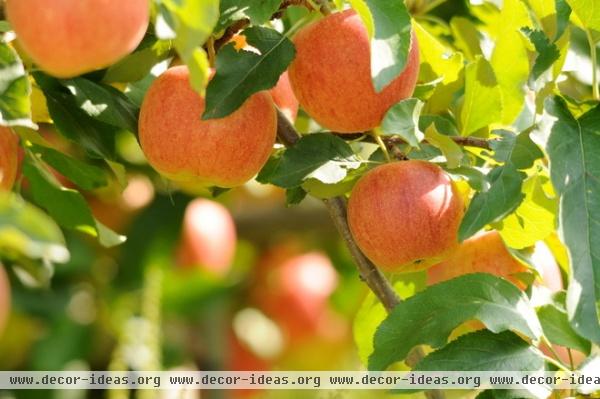
Harvest: Early-season apples should be harvested fairly quickly, as they don’t last well on the tree. Late-season apples can be left on longer.
Cradle the apple in your hand and gently twist the stem, leaving the branch or spur it’s attached to in place. Wrap the apples in paper and store them in a cool, dark spot.
Do you grow apples? Please tell us in the Comments section what variety does well where you live.












